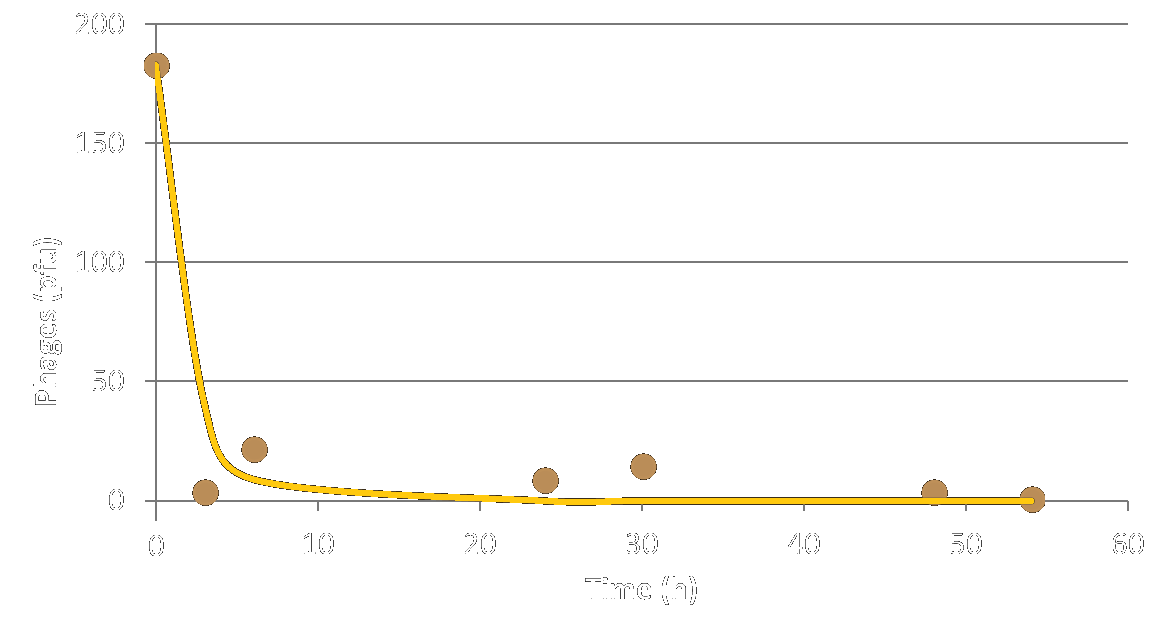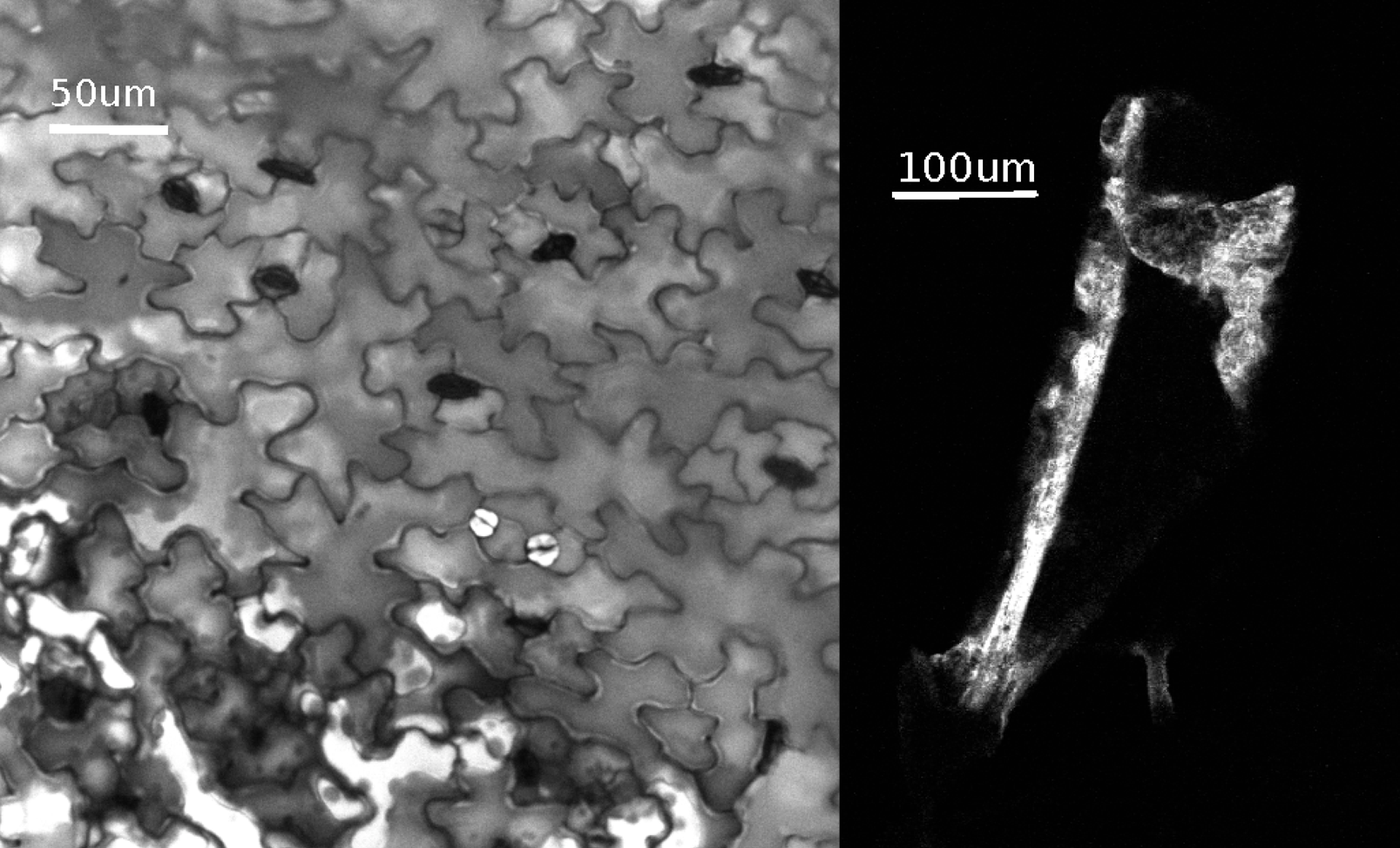(→Test with Arabidopsis thaliana) |
(→Phage-like particles in soil) |
||
| Line 3: | Line 3: | ||
==Phage-like particles in soil== | ==Phage-like particles in soil== | ||
| − | [[File:T--Aix-Marseille--Pinsoil.png|600px|right]] | + | [[File:T--Aix-Marseille--Pinsoil-2.png|600px|right]] |
We first tested the lifetime of our phage-like particles in soil. The soil samples can from the [http://www.moulindevelaux.com/ '''Moulin de Velaux'''] which is an olive growers cooperative in southern France. For this experiment, we put M13 phages in the soil and we let it incubate for different amount of time. As seen in figure 1, the population of phage decreases with time because they are degraded by micro-organisms that lived in the soil. The experimental half-life of our phage-like particles is approximately one day. | We first tested the lifetime of our phage-like particles in soil. The soil samples can from the [http://www.moulindevelaux.com/ '''Moulin de Velaux'''] which is an olive growers cooperative in southern France. For this experiment, we put M13 phages in the soil and we let it incubate for different amount of time. As seen in figure 1, the population of phage decreases with time because they are degraded by micro-organisms that lived in the soil. The experimental half-life of our phage-like particles is approximately one day. | ||
Revision as of 14:08, 11 October 2017
Phage-like particles tests
Phage-like particles in soil
We first tested the lifetime of our phage-like particles in soil. The soil samples can from the [http://www.moulindevelaux.com/ Moulin de Velaux] which is an olive growers cooperative in southern France. For this experiment, we put M13 phages in the soil and we let it incubate for different amount of time. As seen in figure 1, the population of phage decreases with time because they are degraded by micro-organisms that lived in the soil. The experimental half-life of our phage-like particles is approximately one day.
With this result, we can be confident that our phage-like particles solution doesn't pollute the soil. This test is one of the many tests needed for the marketing authorization procedure of our production. Check out our legislation page for more information.
Test with Arabidopsis thaliana
In order to find the best way to give the cure to the tree we tested multiple way. First, we link our phage-like particles (PLPs) to a fluorochrome, thus making a solution of fluorescent PLPs. Then, this solution was used on Arabidopsis thaliana in three ways :
- the use of a sting on the leaf (which mimics the injection).
- infiltration of the solution through the leaf.
- dropping the solution on the leaf (mimic spray).
The control is leaf without any solution. As you can see the use of sting and infiltration are more efficient than dropping the solution.
Finally, we wanted to know if the phage was able to infiltrate the integrity of the leaf. We can see that all the cells are infiltrated with fluorescent PLPs. Thus, PLPs aren't just confined in leaf vessels.




